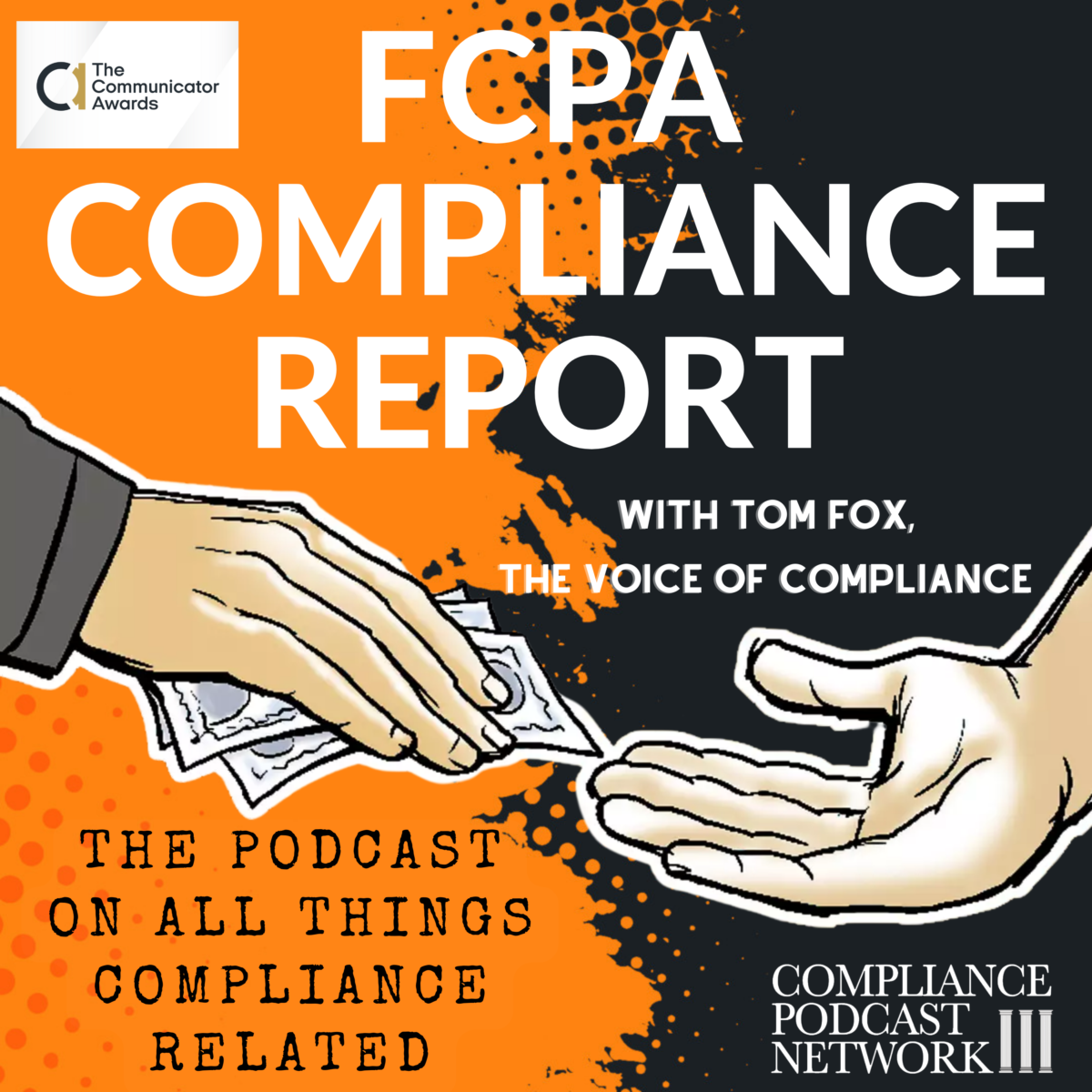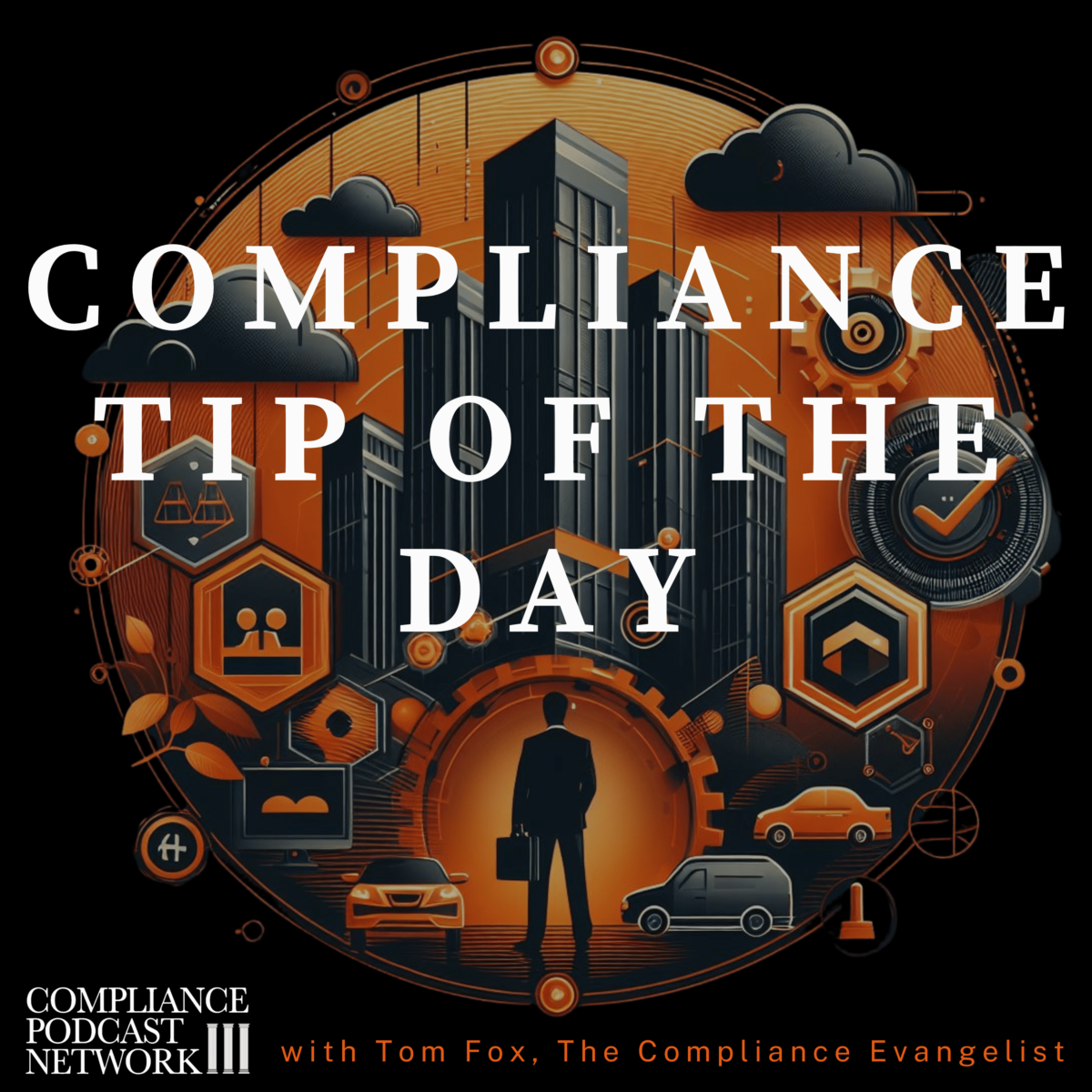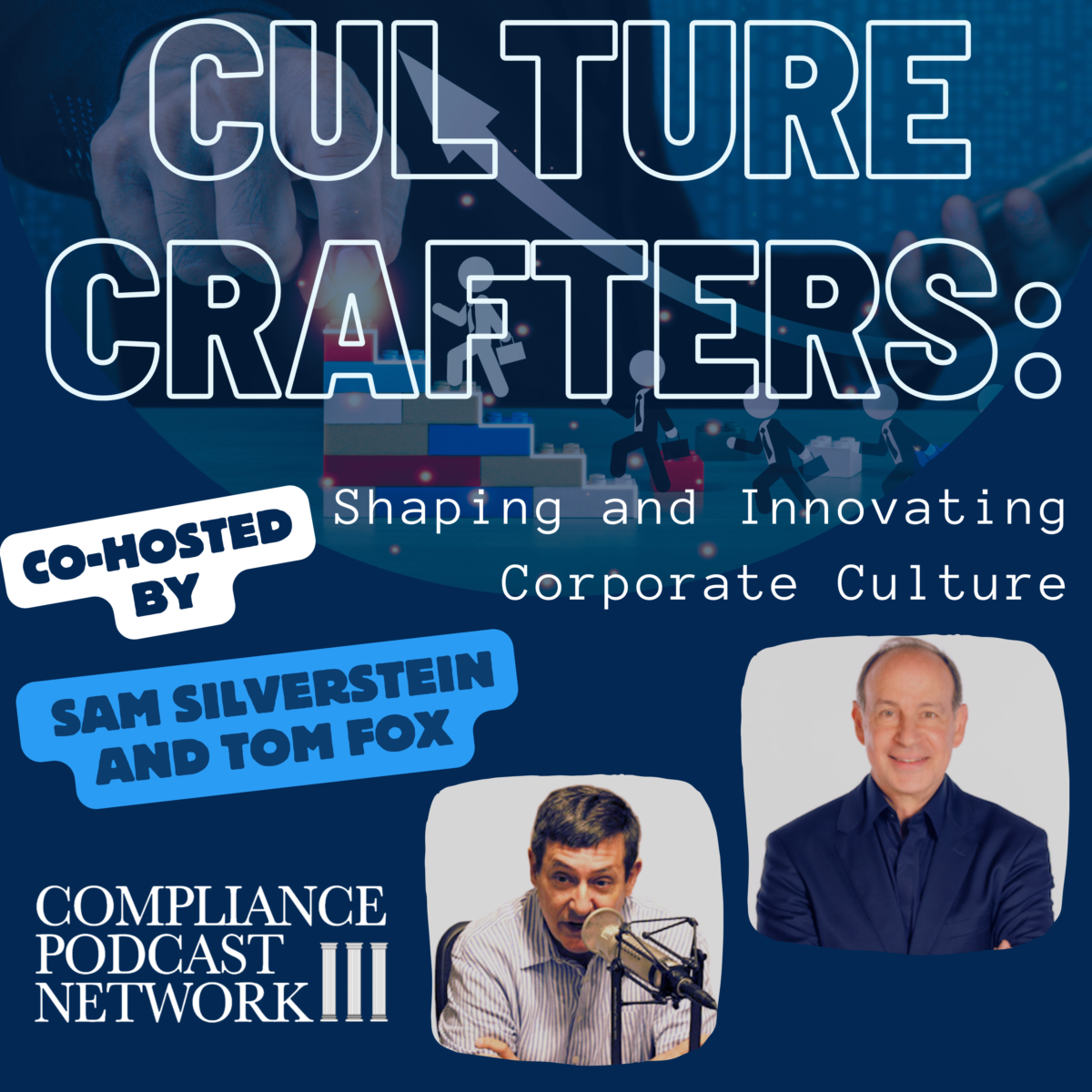We continue our exploration of aspects of corporate culture. Today, we turn to the dark side by reviewing some of the characteristics of a toxic corporate culture. An article in the MIT Sloan Management Review provided some guidance. In Why Every Leader Needs to Worry About Toxic Culture, Donald Sull, Charles Sull, William Cipolli, and Caio Brighenti posited that, by pinpointing the elements of toxic culture in a company, its leaders focus on addressing the issues that lead employees to disengage and quit. These ideas are essential for compliance as they navigate corporate culture and assess and improve it.
Moreover, the Chief Compliance Officer and corporate compliance function were again identified in the 2023 Evaluation of Corporate Compliance Programs (ECCP) as the institutional justice and fairness keepers. This means recognizing and preventing a toxic culture from spreading and infecting your entire organization, which is squarely in the compliance wheelhouse. The article lays out vital red flags for every CCO and compliance professional to look for in assessing culture. Last but not least, for any company with a toxic culture, the likelihood that its employees will commit fraud or bribe and corrupt others by breaking laws like the Foreign Corrupt Practices Act (FCPA) is much higher.
The authors identify behaviors they call “the Toxic Five attributes,” which are being “disrespectful, non-inclusive, unethical, cutthroat, and abusive—poison corporate culture in employees’ eyes. While organizational culture can disappoint employees in many ways, these five elements have by far the largest negative impact on how employees rate their corporate culture and have contributed most to employee attrition throughout the Great Resignation.” As a CCO or compliance professional, you must be on the lookout for them and take steps to remedy them if you see or hear about them.
Disrespectful Behavior
The authors found that “feeling disrespected at work has the largest negative impact on an employee’s overall rating of their corporate culture of any single topic.” Lack of respect can occur in many areas. The most obvious is the lack of a “speak up” culture where employees understand it is useless to raise issues with management, whether serious matters such as FCPA violations or more straightforward ideas such as process improvement. It can also be as simple as whether to return to the office full-time and whether management listens to employees about their desires to continue working from home or to utilize some hybrid working arrangement. The authors noted, “Whether you analyze culture at the level of the individual employee or aggregate to the organization as a whole, respect toward employees rises to the top of the list of cultural elements that matter most.“
Non-inclusive Behavior
This concerns whether your employees are “treated fairly, made to feel welcome, and included in key decisions.” It is “the most powerful predictor of whether employees view their organization’s culture as toxic. It applies to all demographic groups: “gender, race, sexual identity and orientation, disability, and age.” It can be outright discrimination against the equally invidious but more subtle conflicts of interests of nepotism and playing favorites. The topic of non-inclusiveness includes “terms like ‘cliques,’ ‘clubby,‘ or ‘in crowd‘ that indicate that some employees are being excluded without specifying why.“
Ethical Behavior
The authors believe ethics “is a fundamental aspect of culture that matters at both the organizational and individual levels.“ Interestingly, there are several different aspects of “ethics“ that every CCO needs to consider. Unethical behavior is “about integrity and ethics within an organization.“ It also includes dishonesty. “Employees described dishonest behavior in many ways,“ from outright lying to making false promises to shading the truth to simply “sugarcoating.“ Under regulatory compliance, employees talked about failure to comply with applicable regulations, including failure to meet safety standards.
Cutthroat Behavior
I found this category fascinating as it included both uncooperative coworkers and the lack of harmonization across organizational silos. This was not simply “friction in coordination,“ but situations in which “employees talked about colleagues actively undermining one another.“ It included what the authors termed as a “vivid lexicon to describe their workplace, including ‘dog-eat-dog‘ and ‘Darwinian‘ and talked about coworkers who ‘throw one another under the bus,‘ ‘stab each other in the back,‘ or ‘sabotage one another.'”
Abusive Behavior
Having worked in law firms long ago, I understand abusive behavior. The authors called it “sustained hostile behavior toward employees,“ including “bullying, yelling, or shouting at employees, belittling or demeaning subordinates, verbally abusing people, and condescending or talking down to employees.“ While one would hope such behaviors do not exist in the 21st century, they still do. The article’s authors reported that only 0.8% of the employees surveyed described their manager as abusive. However, when employees did mention abusive managers, it significantly depressed the corporate culture.
What CCOs and compliance professionals should try to drive forward is a “culture that is inclusive, respectful, ethical, collaborative, and free from abuse by those in positions of power.“ However, the authors caution that these are the “baseline elements of a healthy corporate culture.“ Employees want more than the basics; other organizational stakeholders want companies to have official, solid core values. In an interview with LRN’s Susan Divers, she called this emphasis on core values the “value in values.” From the compliance professional’s perspective, it means values like integrity, collaboration, respect, and DEI.









